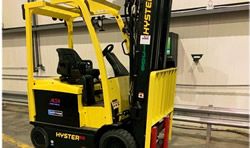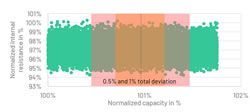Solid-state sodium batteries could be safer, cheaper, more powerful option
Researchers at Western University are working on a new type of battery - called solid-state sodium batteries - that show considerable promise in addressing these challenges.
From backup to business-critical: The rise of battery packs in resilience planning
Over the past 12 months, and particularly in the aftermath of events like the Spain blackout, we've seen a shift. Battery systems are now being viewed less as a green box to tick and more as a core part of business continuity planning.
Selecting the Right Deep Cycle Battery
Knowing the benefits of each battery technology can help you make a more informed decision on the next set of batteries for your equipment based on your usage, capacity needs, and overall budget.
Zeon and Sino Applied Technology Join Hands to Expand Single-Walled Carbon Nanotube Conductive Paste Product Line and Promote the Application of Next-Generation Lithium Batteries in Electric Vehicles
Unlike traditional conductive agents like carbon black or multi-walled carbon nanotube slurries, SWCNT conductive paste offers superior electrical conductivity, mechanical strength, and chemical stability, making it increasingly vital for advanced battery formulations.
The Truth Behind Second-Life Batteries: Why Reuse Is Lagging Behind
Despite its promise, the second-life battery market in the United States remains underdeveloped, hindered by significant challenges. This article explores the issues limiting the growth of this market and what it will take to unlock its potential.
'A 93% reduction in CO₂': new report from Autocraft EV Solutions makes data-informed case for EV battery repair
A report from Autocraft EV Solutions, a world leader in EV battery testing, repair and remanufacturing, challenges misconceptions around battery failure, presenting the case for repair over the conventional replace and recycle approach.
Inlyte Energy and HORIEN Announce Strategic Partnership to Scale Iron-Sodium Battery Manufacturing in the United States
Combining HORIEN's 25+ years of manufacturing expertise and Inlyte's innovative, low-cost battery design will help accelerate the scale-up of Inlyte's first US factory, simplify its supply chain, and facilitate introduction of the iron-sodium battery to the market.
New study finds U.S. lead battery industry contributes 106,050 jobs and $35 billion in economic output
The U.S. lead battery industry featured 106,050 jobs, including both full-time and part-time positions across manufacturing, recycling, transportation and distribution, and other fields.
No Disassembly (or Discharge) Required: Shredding the Largest EV Battery Packs in One System
Innovative technology allows for safe, efficient, profitable shredding of the largest EV battery packs on the market, without disassembly or discharging
Sodium Batteries for Use in Grid-Storage Systems and Electric Vehicles
The reliance on sodium sourced from soda ash supports environmentally friendly practices that avoid the energy-intensive process that is often associated with lithium mining. Further innovations in sodium battery technology further enhance its sustainability and performance
Microvast Announces Breakthrough in True All-Solid-State Battery Technology
This advancement represents a key step forward in improving safety, energy density, and efficiency for critical applications such as data center backup power systems and electric school buses.
End-of-Life and Damaged Battery Shipping: Navigating State and Federal Regulations
Regulators are playing catch-up with the technologies and markets which are developing at high speed and carry significant risks as they mature. The requirements are constantly changing, it's easy to feel overwhelmed.
Second Life Battery Economy Endorsed by City of Phoenix: Project Case Study
"Repurposed batteries are a perfect solution [for battery storage systems], cutting costs and contributing to the sustainability and our circular economy goals," says Amanda Jordan, Circular Economy project manager for the City of Phoenix.
Setting a New Safety Benchmark for the Industry: Sungrow Achieves Success in the World's Largest BESS Fire Test
The 20MWh burn test replicated a real-world power plant fire scenario, completed under the oversight of DNV (Det Norske Veritas) experts and over 100 clients, and delivered results exceeding expectations.
Guide to Factory Acceptance Tests (FAT) for BESS
BESS systems undergo rigorous testing during the development process to ensure they operate safely and reliably. One of the most important steps of this pre-deployment protocol is Factory Acceptance Testing (FAT).
Records 1 to 15 of 179
Featured Product

Quality assurance in the manufacturing industry
Efficiency and precision with CSP software. In the highly competitive world of manufacturing, quality assurance is a critical factor for success. CSP offers you state-of-the-art software solutions specifically designed to ensure the highest standards of quality assurance in the manufacturing industry.

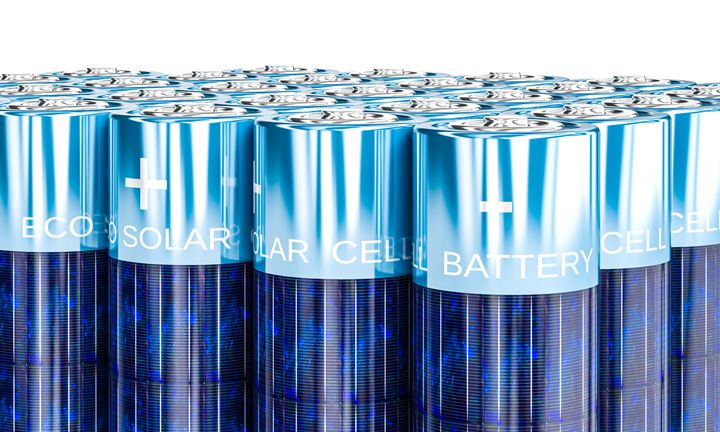

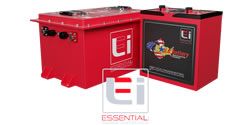
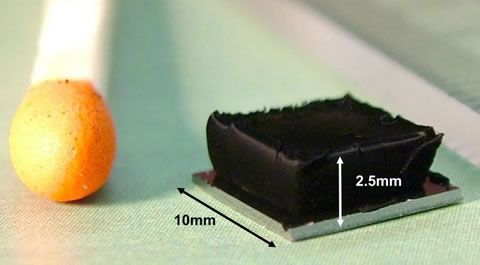



.jpg)
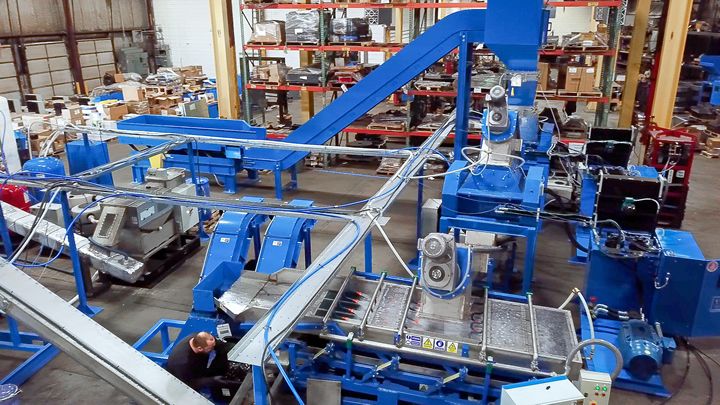
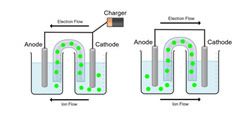
.jpg)

